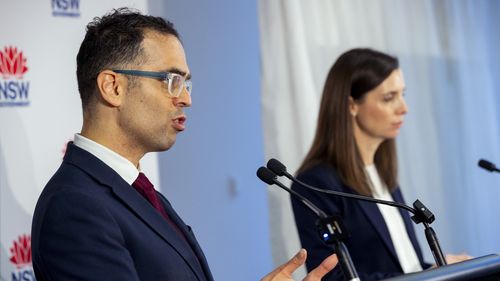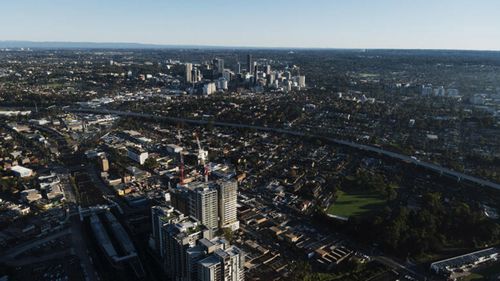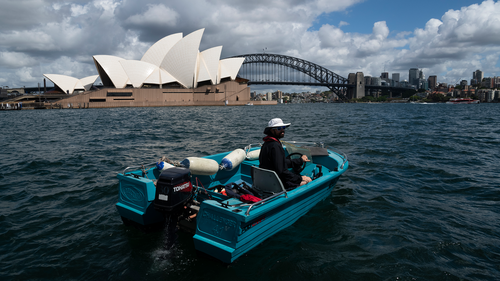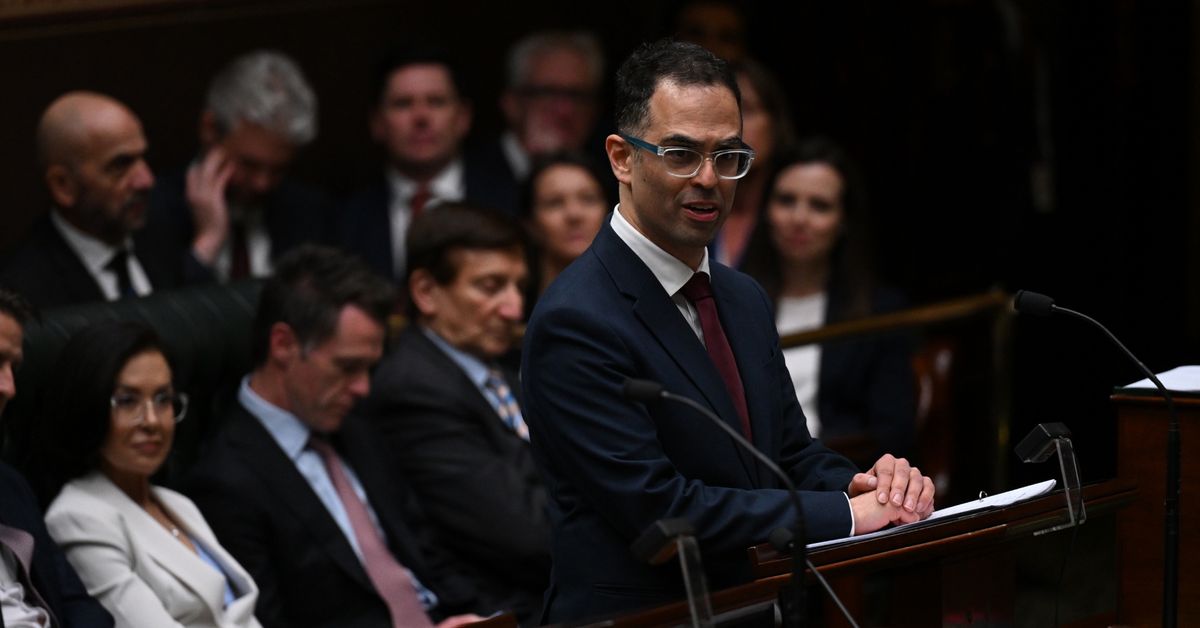The budget brought a $3.6 billion deficit with it, instead of the $1.9 billion surplus previously forecast before the federal government’s tax revenue carve-up.
Mookhey said the state has been able to absorb the shortfall this year but warned there will be years of red ahead.
Less cash left the state having to reign in spending, including cost-of-living relief, under a “must-haves, not nice-to-haves” budget.
Here are some of this year’s major winners and losers.
Low-income households
Low-income families are set to see an increased energy rebate of $350, up by $65 from last financial year.
Social housing residents
The budget has poured a record $5.1 billion into building 8400 new social homes touted as the “biggest single investment in social housing any NSW government has made in the federation’s history”.
Domestic violence survivors will receive priority access to about half of those homes, about 3100.
The government is incentivising GP clinics to reintroduce bulk-billing through a $188.8 million support scheme.
From September 4, GP centres that bulk-bill 80 per cent of their patients in metro Sydney and 70 per cent in the rest of the state can receive a full rebate for the tax they would otherwise pay for the wages of contracted GPs.

An $8.9 billion package will either build new schools or upgrade some of the existing 2200 public schools across the state.
Another $1 billion will dramatically tackle a maintenance backlog, to fix issues like leaking roofs and broken bubblers, affecting state schools.
Western Sydney, the fastest-growing and most diverse region in the state, is the recipient of major funding towards infrastructure and transport under the budget.
The budget recognised the region as a focus, labelling it the “engine room” of the state’s economy.
$2.1 billion will fund the second stage of the Parramatta Light Rail and an extra $1.1 billion will be invested into new roads and upgrade existing ones for the Western Sydney Airport.

The tax-free threshold for land tax will be frozen and no longer indexed, a move forecast to deliver $1.5 billion in revenue in increased taxes.
Those who own investment properties and holiday homes will be forced to pay the tax once their dwellings exceed a value of $1.075 million from the 2025 land tax year.
The land tax surcharge on foreign landowners will rise from four to five per cent from the 2025 land tax year.
From January 1 next year, the foreign purchaser duty surcharge will also increase from eight to nine per cent.

A boating licence will jump from $521 for 10 years to $679 while a personal watercraft licence will rise from $1043 for 10 years to $1961.
Middle-income households
While low-income households received an energy rebate increase, the state’s middle-income families were, however, notably left out of any handouts this year.
The budget has allocated an additional $8.4 million for the rental commissioner to develop and enforce renter protections.

